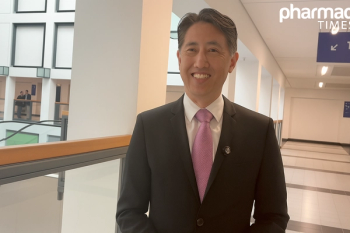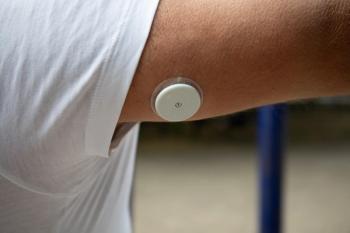
Pharmacists Help Hospitals Improve Patient Satisfaction Scores
At hospitals around the country, pharmacists are helping to increase scores on the medication and pain management sections of the Hospital Consumer Assessment of Healthcare Providers and Systems survey.
At hospitals around the country, pharmacists are helping to increase scores on the medication and pain management sections of the Hospital Consumer Assessment of Healthcare Providers and Systems survey.
Pharmacists at hospitals across the country are playing a key role in efforts to increase scores on the Hospital Consumer Assessment of Healthcare Providers and Systems (HCAHPS) survey, according to an
At the Cleveland Clinic, the article explains, pharmacists have been an important part of efforts to improve medication-related scores on the survey while also reducing heart failure readmissions. The clinic encourages patients to ask questions about the purpose and possible side effects of their medications. It also has pharmacy techs deliver discharge medications to the patient’s bedside. The techs are outfitted with iPads and, if necessary, pharmacists are available to discuss these medications with the patient via video link. Finally, pharmacists provide medication counseling upon discharge to all patients with a primary diagnosis of heart failure. As a result, the Cleveland Clinic’s medication-related HCAHPS scores have risen to 64%, and heart failure readmissions have decreased 12%.
The University of Utah Hospital and Clinics, the article explains, have focused on improving pain scores on the HCAHPS survey by moving away from the 0-10 pain scale and looking instead at patients’ overall pain tolerability. Nurses are the primary evaluators of pain, but pharmacists consider pain management strategies during medication reconciliation upon admission. Meanwhile, Sheridan Memorial Hospital in rural Wyoming has launched an effort to improve medication-related HCAHPS scores by creating a guide with indications and side effects for the medications most commonly used by its patients as well as a guide to drug, food, and natural remedy interactions. A clinical pharmacist goes over the latter pamphlet with patients upon discharge and explains all relevant interactions to them.
Newsletter
Stay informed on drug updates, treatment guidelines, and pharmacy practice trends—subscribe to Pharmacy Times for weekly clinical insights.


















































































































































































































